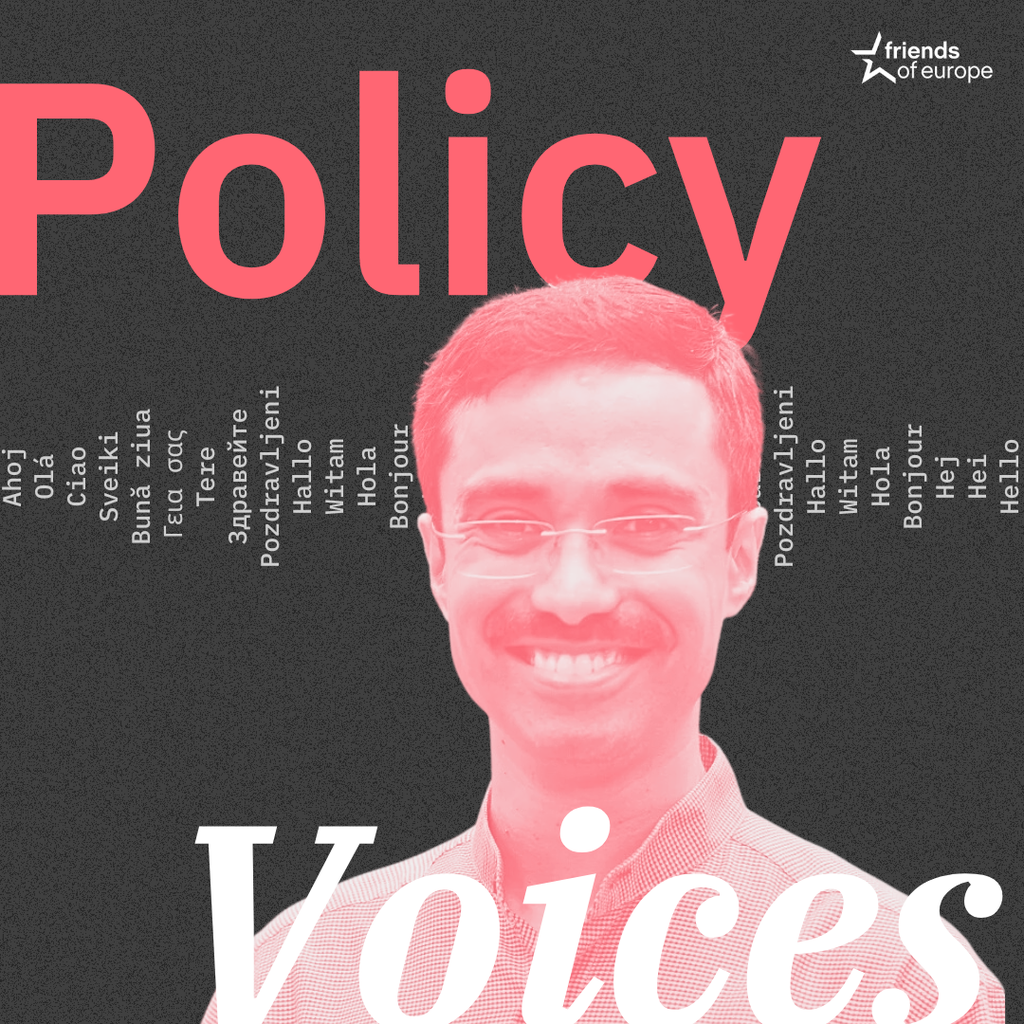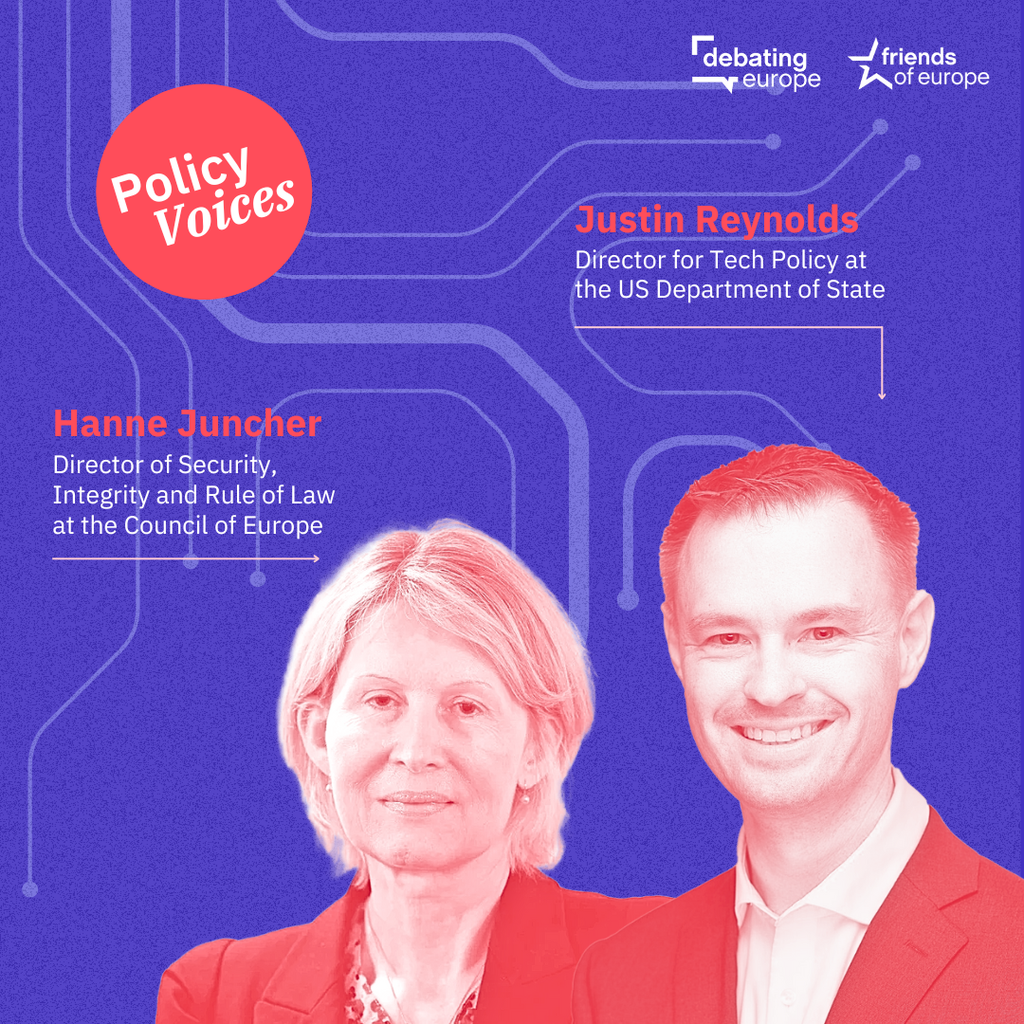A European agenda for space: resilience, security and sovereignty
Past event In person

- Area of Expertise
- Digital & Data Governance

President of the European Youth Forum
Carina Autengruber is the Vice-President of the European Youth Forum
While headlines paint a positive picture of a European Union that is on its way to full recovery from the financial crisis, a closer look at statistics reveals that young people have officially become the generation most at risk of poverty and social exclusion.
With youth unemployment now more than twice as high as unemployment among the overall population in the EU, the staggering fact is that young people struggle not only to enter but also to stay and thrive in the labour market.
Recently, the trend at EU level has been to link education and the labour market. Ensuring that young people acquire the skills that employers need through their education is often presented as a panacea for unemployment. But is this the solution? Skills mismatch is a reality that cannot ‒ and should not ‒ be ignored, especially in the context of an ever-changing labour market. Changes such as digitisation and automation are inevitable, and more can be done for young people to be better equipped to face them. However, the reality is that despite this being the most educated young generation that Europe has ever seen, millions of highly qualified young people still struggle to find a job. This means that, just as we focus on skills, we should also invest in job creation.
Providing young people with any job, however, won’t do. What the EU and member states must do is invest in quality transitions and quality jobs. This means, first of all, better regulations to stop exploitative internships and apprenticeships, yet still allowing young people to be taken advantage of as cheap workforce. Second, we need to ensure that quality entry-level jobs are back in the labour market. This will require a joint effort: a shift in mentality on the part of employers, who should invest in inexperienced young workers as well as stronger commitment from decision-makers to implement better rules. In other words, the logic that ‘any job is better than no job’ cannot be implemented anymore, and quality must become the new standard.
What the EU and member states must do is invest in quality transitions and quality jobs
The lack of safety nets for young people is another issue. While the European social model should cater for everyone, including youth, in reality it often excludes young people from accessing unemployment benefits, minimum income schemes and pensions rights, either on the basis of their age or their precarious employment status. This is further complicated by the rise of new forms of work: the platform and gig economy, particularly popular among youth, have added up to current uncertainties. Indeed, welfare systems do not offer adequate protection to people in non-standard forms of employment or those who are self-employed. Ultimately, if such forms of work continue to shape the markets, these gaps must be addressed.
To ensure sustainability, we must rethink social protection. We even have to perhaps step away from contributory systems linked to employment status and make it easier for workers to bank enough working time to reach adequate incomes at retirement.
We must make sure that the creative freedom of businesses does not come at the expense of social and labour rights. The upcoming EU action on access to social protection must prove that protecting workers from the new challenges posed by the labour market is a priority. An EU framework on adequate minimum income schemes would also be a step in the right direction, ensuring that young people have access to adequate income support to live a decent life.
There is no better time to act than now. In November 2017, EU leaders committed to the implementation of the European Pillar of Social Rights ‒ an important step forward from a political standpoint. Moreover, European institutions will soon have to decide on the size and structure of the next EU budget. Both are key tests for EU leaders to show that young people’s rights are at the top of the political agenda and that they are meaningfully reflected in financial decisions.
Systemic change is needed to avoid perpetuating a vicious circle where no one comes out as a winner
Pressure is on not just to invest in young people politically and financially, but also to ensure that these investments are executed wisely and efficiently. This must translate into stronger efforts for initiatives, such as the Youth Guarantee, to increase the quality of these initiatives and to look beyond the “easy to reach” as well as to support those who are a long way from the labour market. But it also means forward-thinking macro-economic policies and welfare systems reforms to adapt to the reality of young people’s life paths today.
Systemic change is needed to avoid perpetuating a vicious circle where no one comes out as a winner. Not young people as their role in society is not valued, respected or protected; not employers as they cannot count on a motivated workforce; and not society as leaving youth out of the labour market means less contribution to the overall economy, lower tax revenues and, ultimately, a decrease in public resources. Institutions at all levels must be ambitious enough to adopt a more coherent and strategic approach, one that is based on more quality jobs, social inclusion and participation of young people.
If the EU wants to ensure its survival, then stronger political will, better investments and more coherent policies are crucial to show that the European project is still working ‒ for young people, too.
Past event In person

Next event In person & livestreamed

Past event Online

Past event In person





Stay informed
We use cookies and similar technologies to adjust your preferences, analyze traffic and measure the effectiveness of our campaigns. Learn more about our privacy policy.